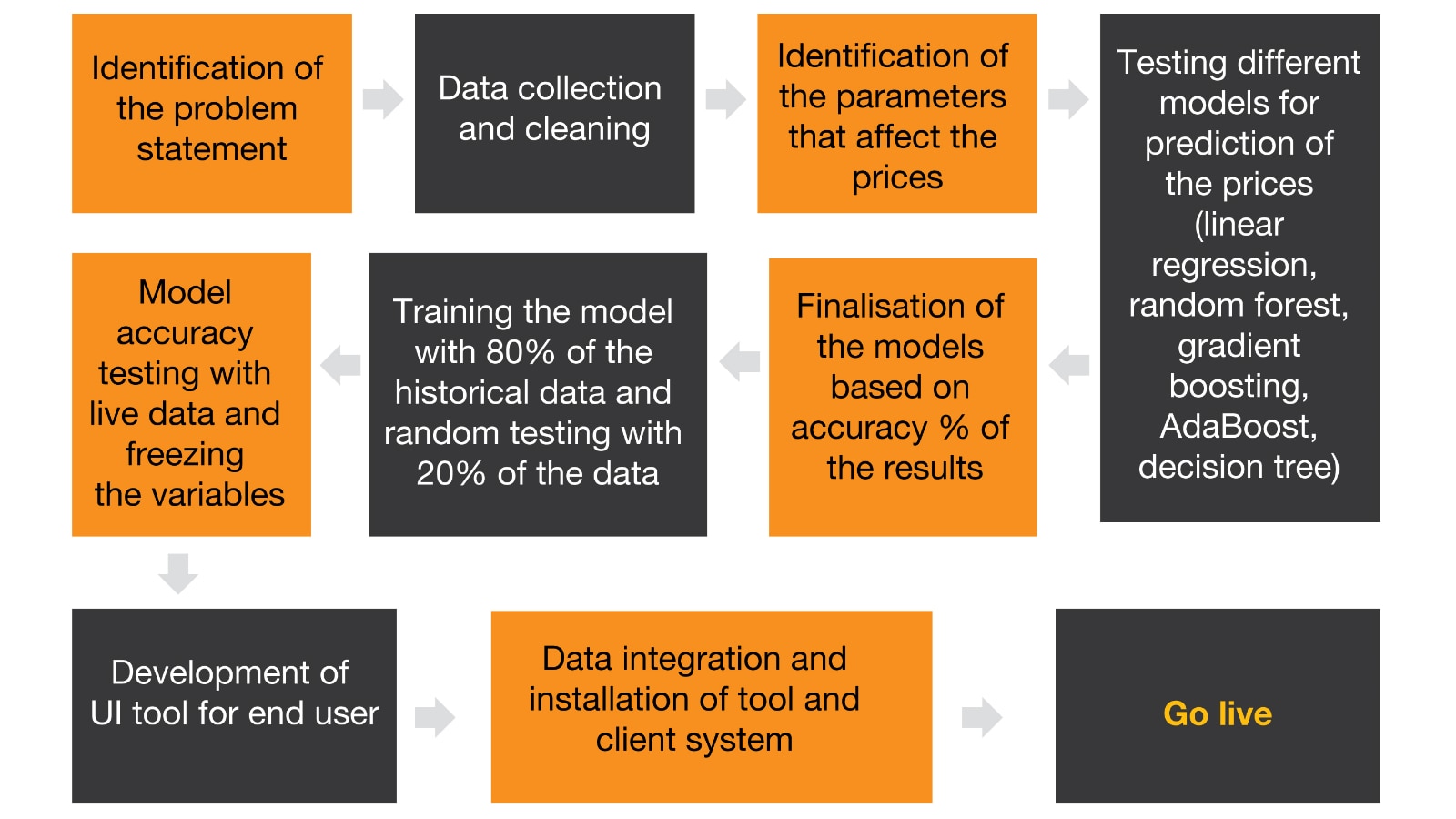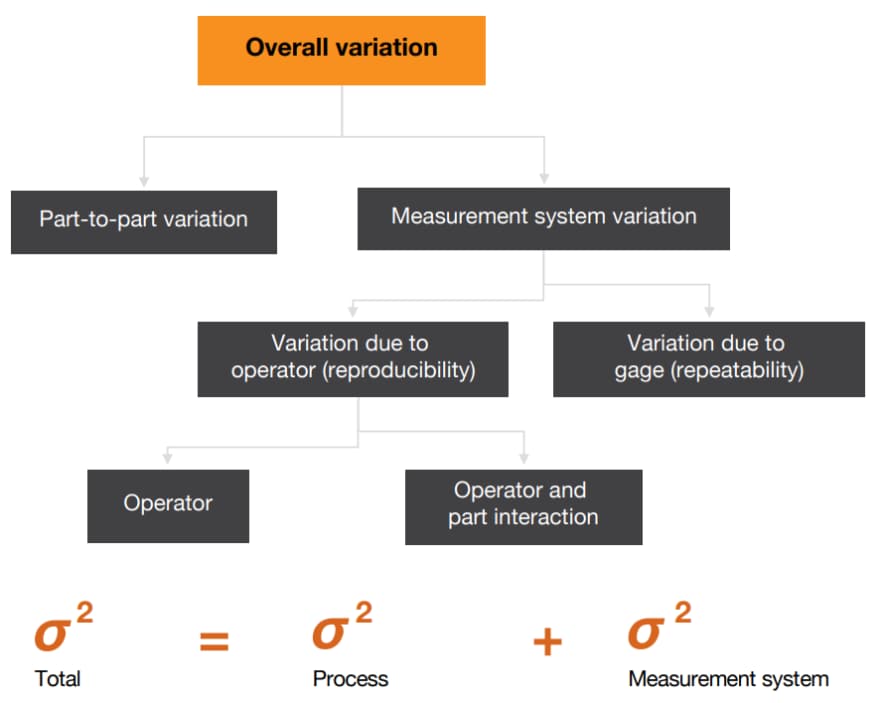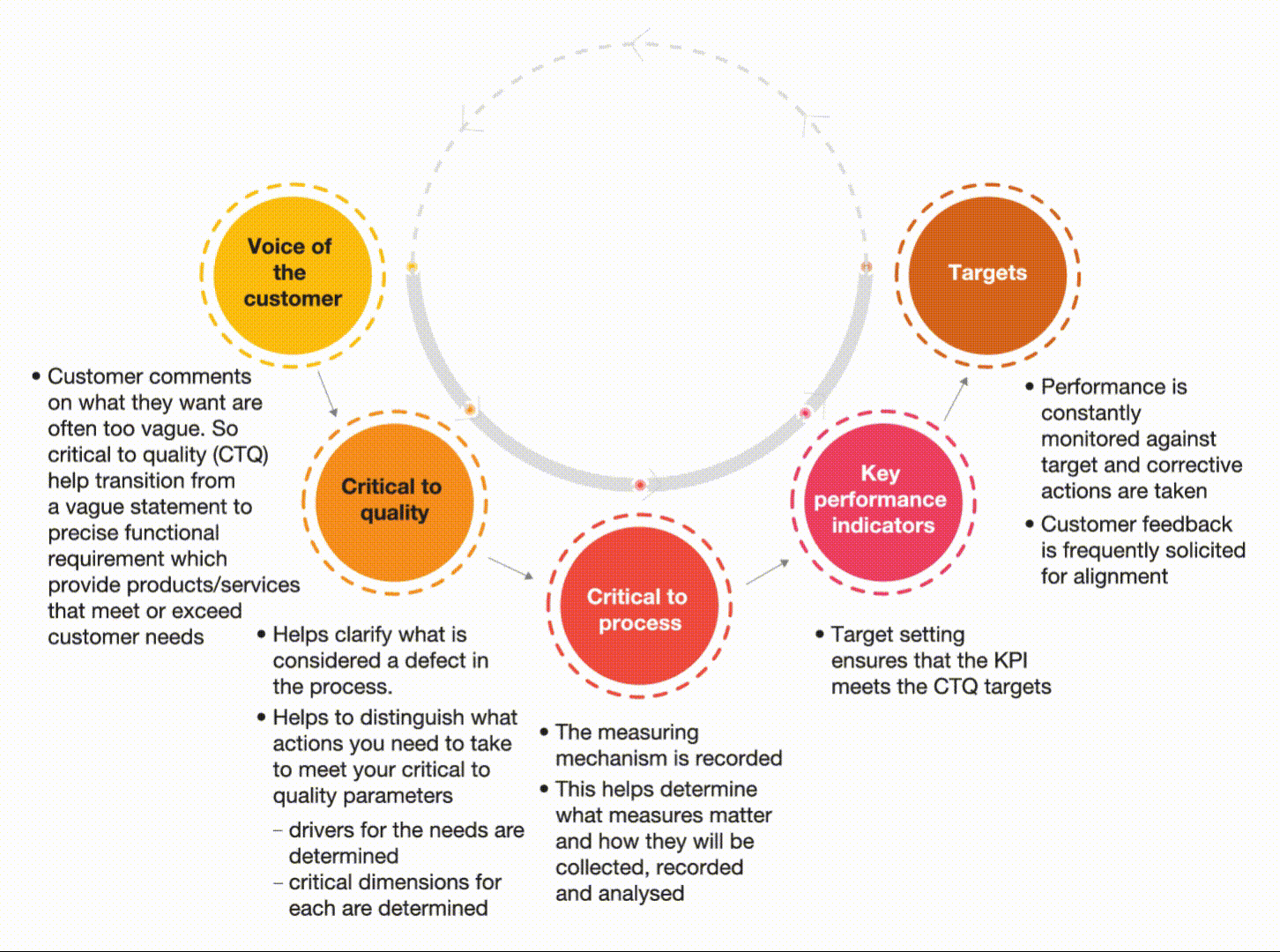In situations where visual inspections are required, AI, with a trained dataset, is effective in eliminating human bias and providing accurate outcomes.
Let us consider some common use cases of visual inspection. For instance, in a glass bottle manufacturing plant, there is usually a conveyor through which, post-production, bottles pass an inspection station where quality control operators accept/reject bottles based on visual defects such as scratches, blemishes, shade gradation variation, bubbles and minor spots. Some of these defects are only visible to a highly trained eye, and given the high degree of focus required, statistically there are possibilities of type 1 (reject a good bottle) or a type 2 (accept a defective bottle) error. Sometimes such mistakes can cause significant customer dissatisfaction and to avoid this, there is one more inspection on a sampling basis before the final dispatch. This is not only effort intensive, but also a wasteful process.
AI’s role: An in-line camera sensor which can capture a 360-degree image of the bottles in the line and has the ability to map the data back to the various categories of defects and provide an accept/reject outcome could solve this problem and improve the quality and efficiency of the inspection process. As the number of inspections increase, the data gets populated further and the outcomes become more accurate. However, the prerequisite for AI to be implemented in the process is to have large volumes of data/images for each of the defect categories so that the AI algorithm can be trained to eliminate the bias in its assessment.
As the next step, the ability to monitor and plot control charts, use the seven principles of control chart interpretation (outliers, 2 consecutive points above 2 sigma limits) and map them back to the process parameters that resulted in these defects can further help in enhancing the process control through a feedback loop.
Over a period of time, the system would then be able to analyse process parameter deviations from the norm intelligently and, instead of noticing control chart parameters on finished products, the system can start monitoring the control chart for process parameter deviations and correct them at source or provide alerts to supervisors for correction. This would help businesses move from a reactive to a pro-active stage.
This proactive stance in a manufacturing environment can enable businesses to address defects at the source even before they appear in the product. The maker-checker process can also be minimised resulting in a reduction in the number of inspections.
Another use case would be in the automotive industry which requires an accurate visual defect identification of painted surfaces. Currently, due to manual inspection, this process has certain levels of subjectivity which can be addressed using the power of AI. AI can learn to classify the defective painted surfaces from non-defective ones through vast data, eliminate subjectivity and provide more accurate outcomes.
The use cases of AI pertaining to quality control are evolving rapidly and companies need to adopt AI-based solutions on a rigorous evaluation of return on investments. Accordingly, the skill set required for a quality control personnel has to evolve in tandem with the newer ways of working. Resources will no longer have to specialise in measurements but will need to be equipped to interpret the signals which the AI provides. They also need to be made aware of the technology behind the AI, at least at a basic level, with a focus on the use cases where AI can be beneficial for their day-to-day tasks. AI can effectively improve the measurement system.


















